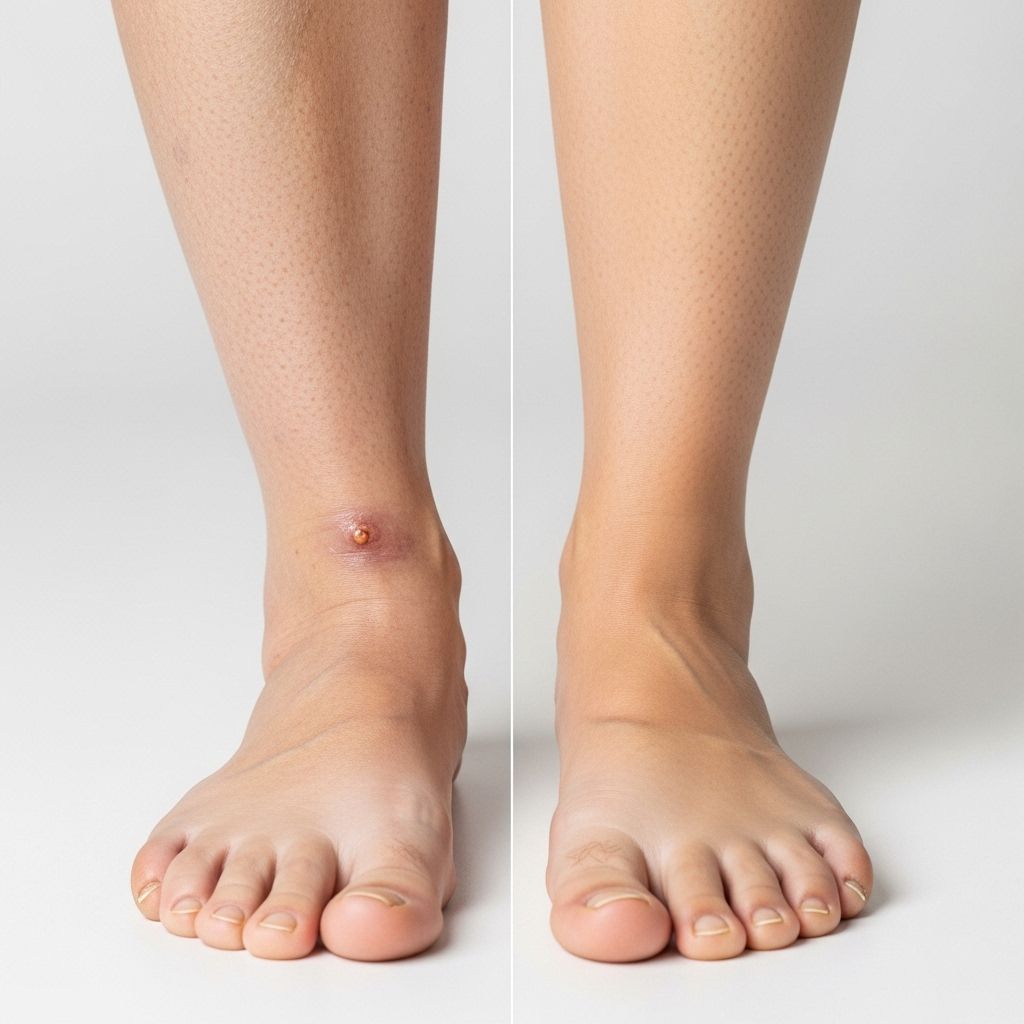Poor Circulation & Skin Issues
Combining leg elevation, compression, and targeted creams can soothe stasis dermatitis.

Poor Circulation & Skin Issues: Causes, Symptoms, and Fixes
Poor circulation, often resulting from conditions such as venous insufficiency, can lead to several skin-related issues. One of the most common conditions associated with poor circulation is stasis dermatitis, also known as varicose eczema or venous dermatitis. This article will delve into the causes, symptoms, and treatments available for managing skin issues linked to poor circulation.
Table of Contents
- Causes of Poor Circulation
- Symptoms of Stasis Dermatitis
- Treatments for Stasis Dermatitis
- Frequently Asked Questions (FAQs)
Causes of Poor Circulation
Poor blood circulation in the legs can be caused by various factors, including age, venous insufficiency, and certain medical conditions. Aging is a significant contributor because it weakens the valves in the veins, which are crucial for preventing blood from pooling in the legs. Other factors include hypertension, obesity, varicose veins, and immobility.
Common Causes of Poor Circulation:
- Aging: Weakened vein valves lead to blood pooling in the legs.
- Venous Insufficiency: A condition where veins struggle to return blood to the heart.
- Hypertension: High blood pressure can strain blood vessels.
- Obesity: Excess weight can put additional pressure on veins.
- Varicose Veins: Visible, swollen veins that indicate poor circulation.
- Immobility: Lack of physical activity can hinder normal blood flow.
Symptoms of Stasis Dermatitis
Stasis dermatitis often begins with swelling in the lower legs, which can lead to discomfort and pain. Over time, the skin may become discolored, thickened, or develop ulcers. Common symptoms include itching, scaling, dryness, and a heavy or achy feeling in the legs.
Symptoms of Stasis Dermatitis:
- Swelling: Particularly around the ankles.
- Discoloration: Orange-brown speckles (capillaritis) or thickened skin.
- Itching: A common symptom in all forms of eczema.
- Scaling and Dryness: Resulting from poor skin hydration.
- Aching: Feeling heavy or achy in the legs after standing or walking.
- Ulcers: Open sores that can bleed or ooze.
Treatments for Stasis Dermatitis
Managing stasis dermatitis involves a combination of lifestyle changes and medical treatments. Elevating the legs, wearing compression stockings, and modifying diet can help improve circulation. Topical corticosteroids and creams may be prescribed to reduce inflammation.
Treatment Strategies:
- Elevating Legs: Positioning legs above the level of the heart to aid blood flow.
- Compression Stockings: Applying gentle pressure to improve circulation.
- Diet Modification: Avoiding high-salt foods to reduce swelling.
- Exercise: Regular movement to enhance circulation.
- Topical Treatments: Corticosteroids and creams to alleviate symptoms.
Frequently Asked Questions (FAQs)
Q: What are the primary causes of stasis dermatitis?
A: Stasis dermatitis is primarily caused by poor blood circulation, often due to aging or venous insufficiency. Other factors like hypertension, obesity, and immobility can also contribute.
Q: How can I prevent stasis dermatitis?
A: Prevention involves maintaining a healthy lifestyle, including regular exercise, a balanced diet, and avoiding prolonged periods of immobility. Wearing compression stockings and elevating your legs can also help.
Q: What are the long-term effects of untreated stasis dermatitis?
A: Untreated stasis dermatitis can lead to permanent skin changes, including thickening, hardening, or darkening of the skin. It can also result in open ulcers that may leave scars.
Q: Can stasis dermatitis be cured?
A: While stasis dermatitis can be managed effectively with treatment, it may not be completely cured. However, ongoing management can prevent flares and improve symptoms significantly.
In conclusion, poor circulation and its associated skin issues like stasis dermatitis require a comprehensive approach to management. Understanding the causes and symptoms is crucial for effective treatment and prevention.
References
- https://nationaleczema.org/types-of-eczema/stasis-dermatitis/
- https://www.mountsinai.org/care/dermatology/services/eczema/stasis-dermatitis
- https://www.pvdandme.com/homepage/pvd-symptoms/skin-changes.html
- https://www.bioderma.us/en/expert-advice/normal-dry-to-atopic-skin/stasis-dermatitis.html
- https://www.nhs.uk/conditions/varicose-eczema/
- https://bayareacardiology.com/conditions/peripheral-vascular/skin-discoloration
- https://my.clevelandclinic.org/health/diseases/24388-venous-stasis-dermatitis
- https://www.advancedsurgicaltechnology.com/vascular-services/venous-disease/symptoms/
Read full bio of medha deb












